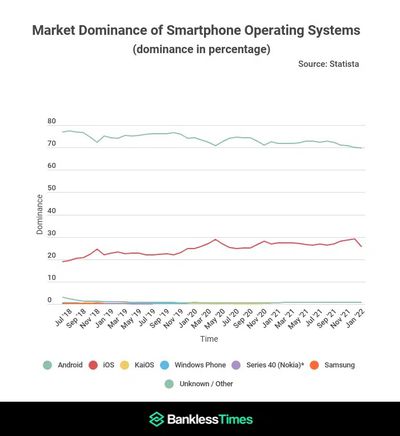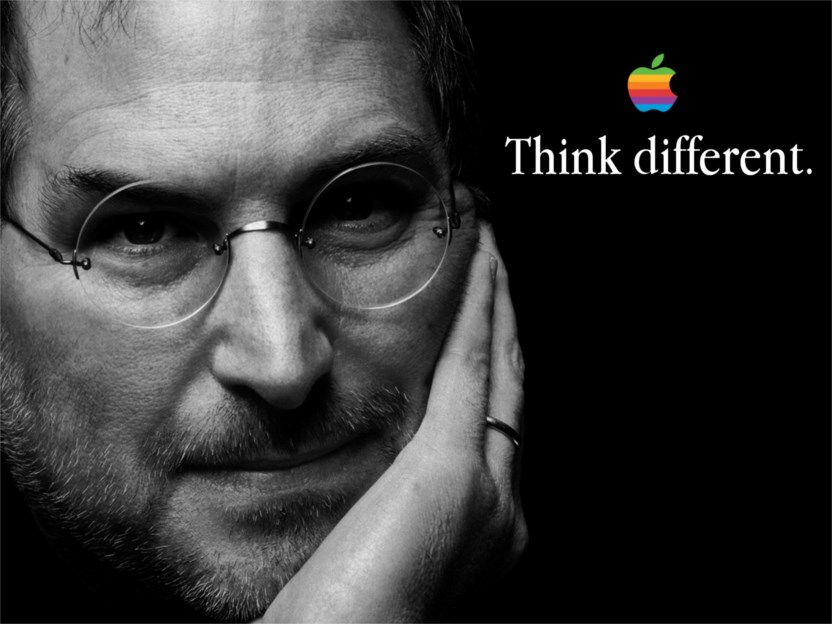Android's vast global smartphone market dominance has shrunk slightly over the past four years while iOS has continued to increase its overall share, according to a new trend analysis.

Google's Android OS is the most widely used in the world, with smartphone makers of all kinds relying on the mobile operating system to power their devices. As such, it's no surprise that Android controls around two-thirds of the mobile market, but new data from StockApps suggests Google shouldn't take its pre-eminence for granted.
Android controlled 77.32% of the global OS market in July 2018. As of January 2022, four years later, that percentage had dropped to 69.74%. Meanwhile, over the same four-year period, global iOS adoption grew from 19.4% to 25.49%, a 6% increase. According to StockApp's analysis, the remaining 1.58% that Android lost went to other smaller scale OS developers.
The marginal shift in share in no way indicates that Android's dominance is under threat, but despite reports of disappointing iPhone SE sales, it's a positive sign for Apple that its broader strategy of diversifying its iPhone and iPad lineup is paying dividends in a highly competitive space.
StockApps' analysis also includes an interesting geographical breakdown of OS dominance. For instance, in Africa, where Apple devices are more prohibitively expensive, 84% of all smartphones run Android, while iOS accounts for roughly 14% of the continent's devices. It's a similar story in Asia and South America, where Android takes an 81% and 90% share, respectively. By contrast, iOS share is 18% in Asia and 10% in South America.
As expected, Apple's piece of the OS pie is more substantial in North America and Oceania, where it overtakes Google's share. iOS commands 54% of the market in both regions, while Android takes nearly 45%, suggesting that once customers pay the initial higher price of Apple's devices, the quality of its hardware, software, and user support tends to keep consumers within its ecosystem.
























